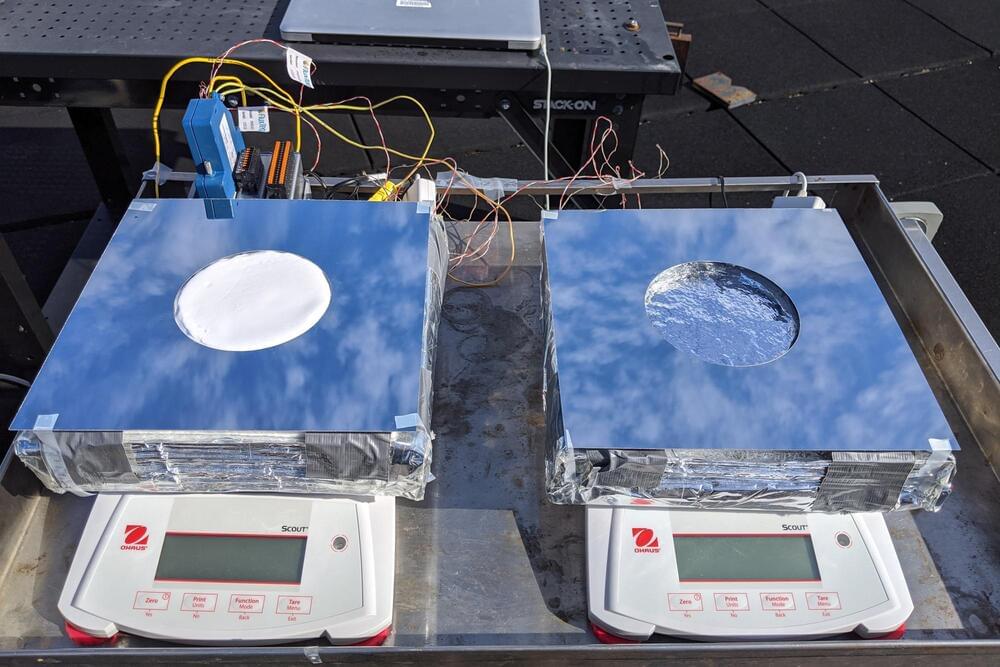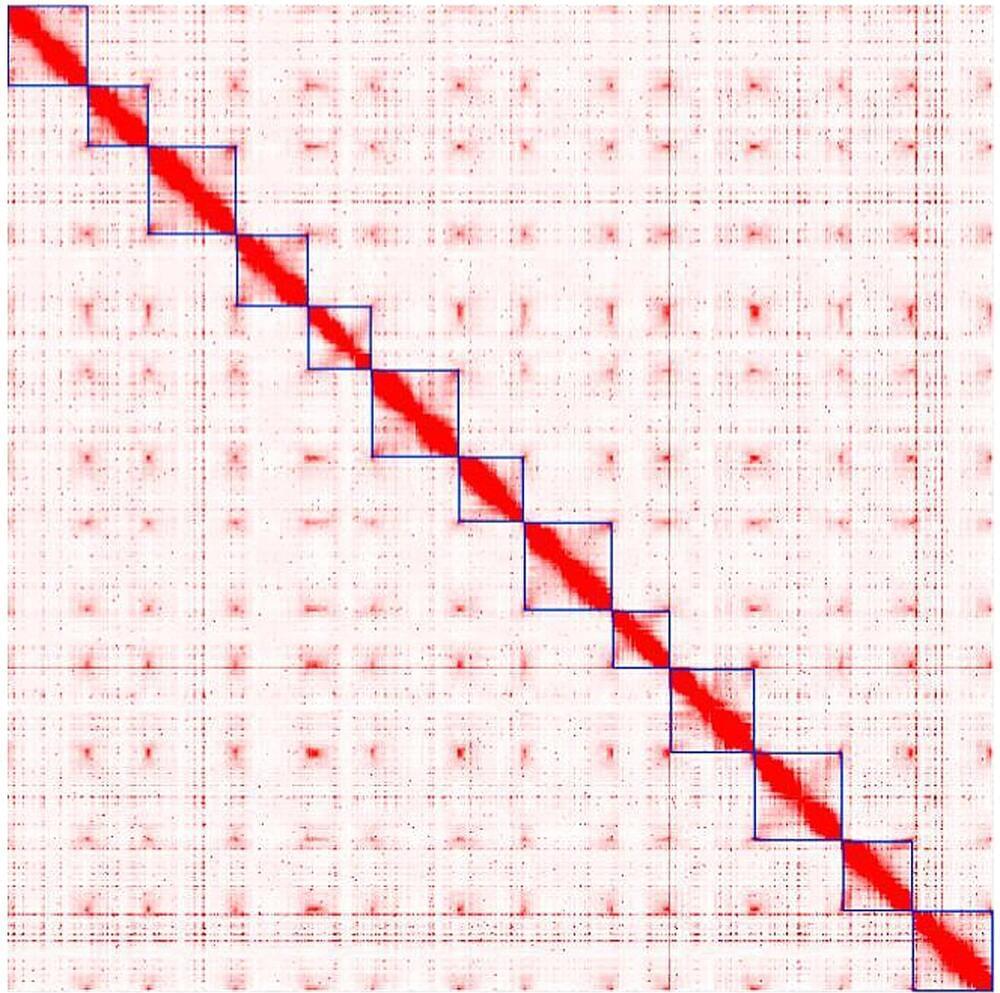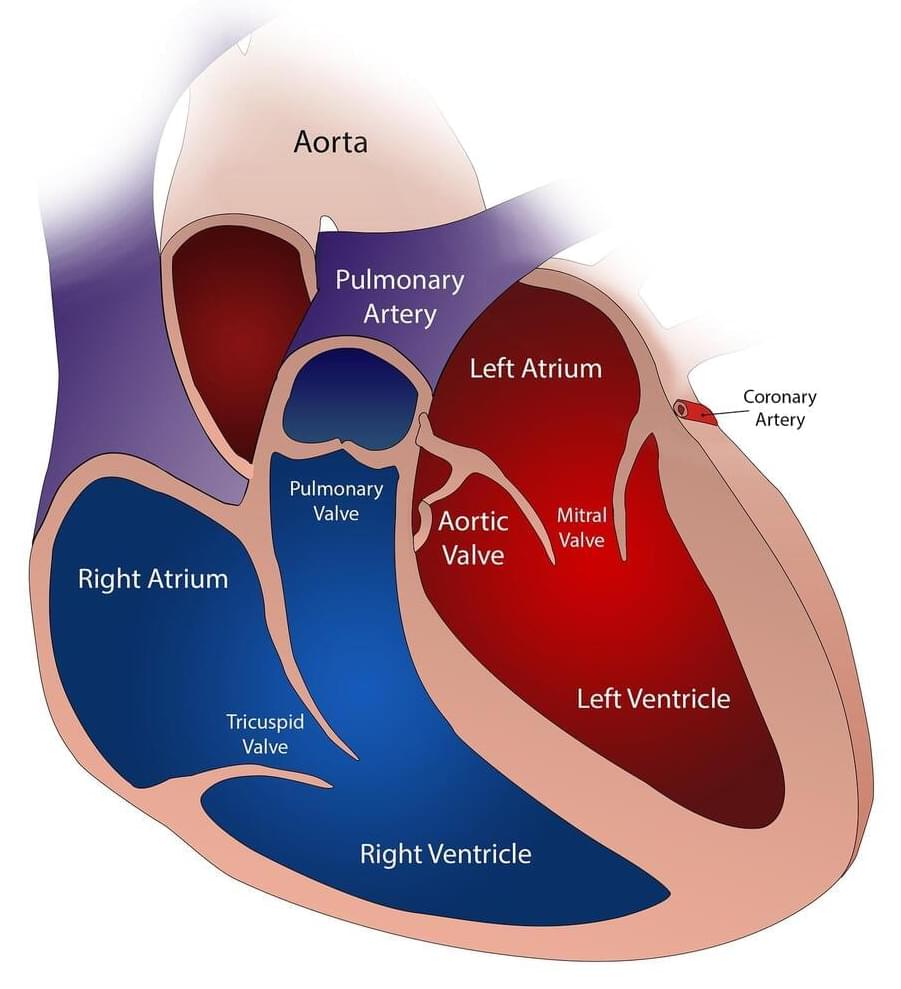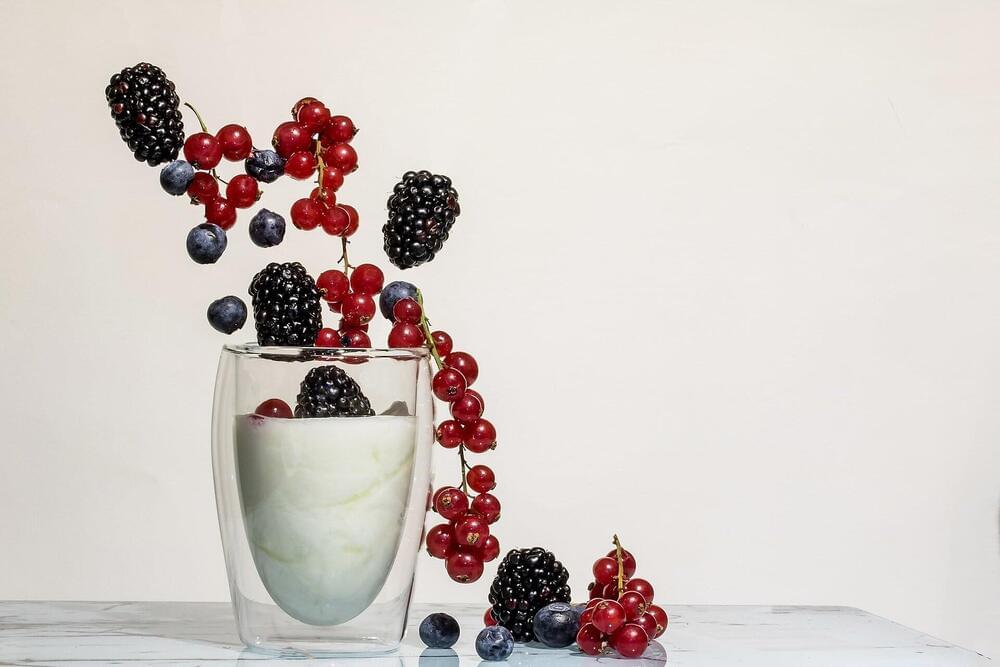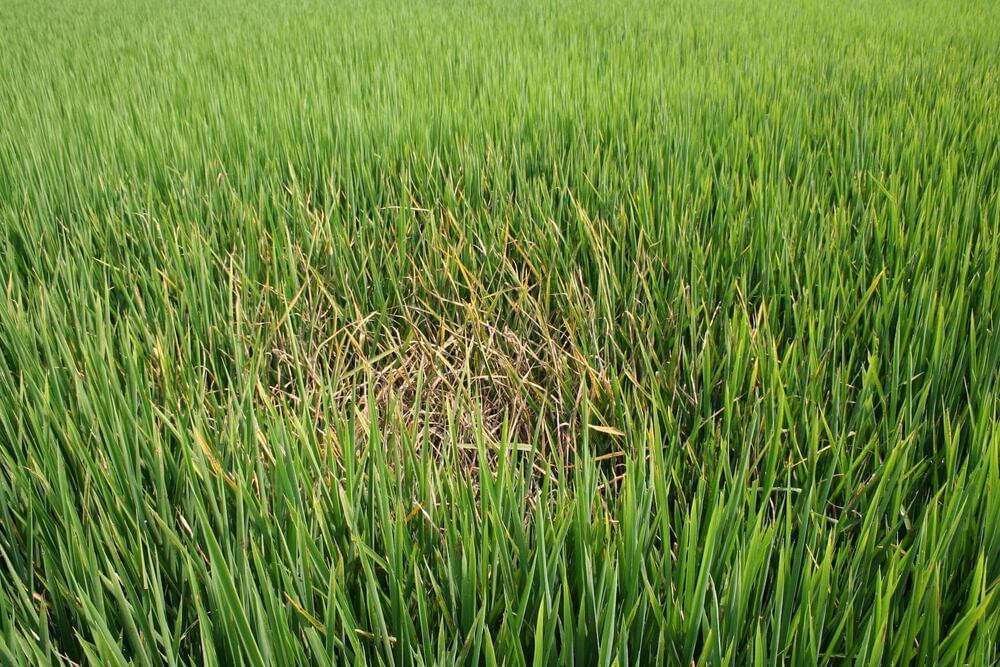Jun 25, 2023
Can Humans Survive Long-Term in Deep Space? Maybe
Posted by Jose Ruben Rodriguez Fuentes in categories: food, space
To survive long-term in deep space? The answer is a lukewarm maybe, according to a new theory that outlines the intricate challenges of maintaining gravity and oxygen, securing water, cultivating food, and managing waste while being distant from Earth.
Dubbed the Pancosmorio theory – a word coined to mean “all world limit” – it was described in a paper published in Frontiers in Astronomy and Space Sciences.
“For humans to sustain themselves and all of their technology, infrastructure, and society in space, they need a self-restoring, Earth-like, natural ecosystem to back them up,” said co-author Morgan Irons, a doctoral student conducting research with Johannes Lehmann, professor in the School of Integrative Plant Science at Cornell University. Her work focuses on soil organic carbon persistence under Earth’s gravity and varying gravity conditions. “Without these kinds of systems, the mission fails.”


